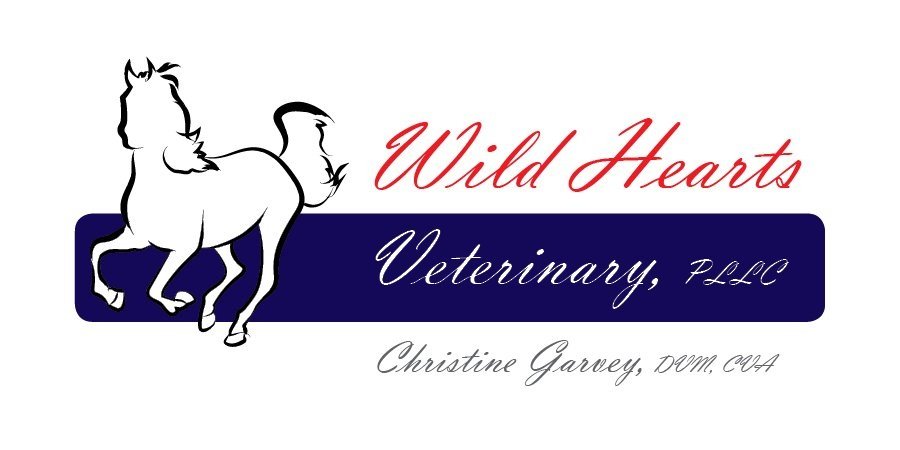Learning to heal wild hearts
Dearest Readers,My close followers will know that I have been venturing cross country this fall/winter to work as a teaching associate for the International Veterinary Acupuncture Society (IVAS) acupuncture certification. It occurred to me that some of you might be interested in learning more about how a veterinarian becomes certified in acupuncture! I’m happy to oblige as I can now report on my experience as both a student and a teacher.
To start, veterinary acupuncture certification is completely voluntary. Veterinarians can perform acupuncture without any additional training. However, this complex and beautiful system of medicine is much more complicated than placing needles. Most integrative veterinarians choose to pursue additional training at one of the several certification courses in the US and internationally. Since I have the most experience with IVAS, I’ll stick to what I know.IVAS certification involves learning an entirely new language and way of thinking about health and disease. The program is rooted in Traditional Chinese Veterinary Medicine (TCVM) which was developed before modern diagnostic modalities were available. These methods of diagnosing and treating disease were developed at a time when even autopsy was not available as a means of investigation. The ancient Chinese practitioners based their diagnosis on what they could observe including the patient’s history, physical characteristics, external manifestations of disease, appearance of the tongue and quality of the pulse. Acupuncture is one of five of the branches of TCVM which also includes herbal medicine, tui na (medical massage) and food therapy. We now use these modalities in conjunction with western medical practices to achieve the best results for our patients. The certification process occurs over three teaching sessions and one mentorship session (and a lot of studying in between). Prospective candidates have to attend all the sessions, prepare a case log and case report and pass both written and practical exams. I can say from experience that pursuing this certification while working full time is no easy feat! Watching the students struggle then gain mastery over their new knowledge base and skills really brought me back to when I was first starting out in acupuncture and I have tremendous respect for all my colleagues who pursue certification to be better equipped to help their patients heal. My role in the certification process was as a lab TA. Each teaching session we had labs for the students to learn equine and canine points. Some students choose one or the other but most folks choose dual certification (as did I). Each day we would head out to a local equine therapy barn or one of the hotel ballrooms to learn all 100 required points for each species. The other two TA’s and myself were each responsible for teaching about ⅓ of the points with the help of the TA and Course coordinators. Teaching for four hours every afternoon was challenging but well worth the effort. I can confidently say that I learned just as much from my students as they learned from me. My experience as a TA was not all work and no play. At the second two sessions we took a TA field trip and I got to nerd out about animals at the Albuquerque Zoo and Albuquerque Aquarium with my colleagues. There were also opportunities to socialize and discuss our practices with all of the involved veterinarians which was very helpful for me. I look forward to keeping in touch with these folks as I advance my practice. Thank you dear readers! I hope to use this blog as a way to keep you informed of happenings at Wild Hearts and in the field of integrative veterinary medicine. Yours Truly,CG
